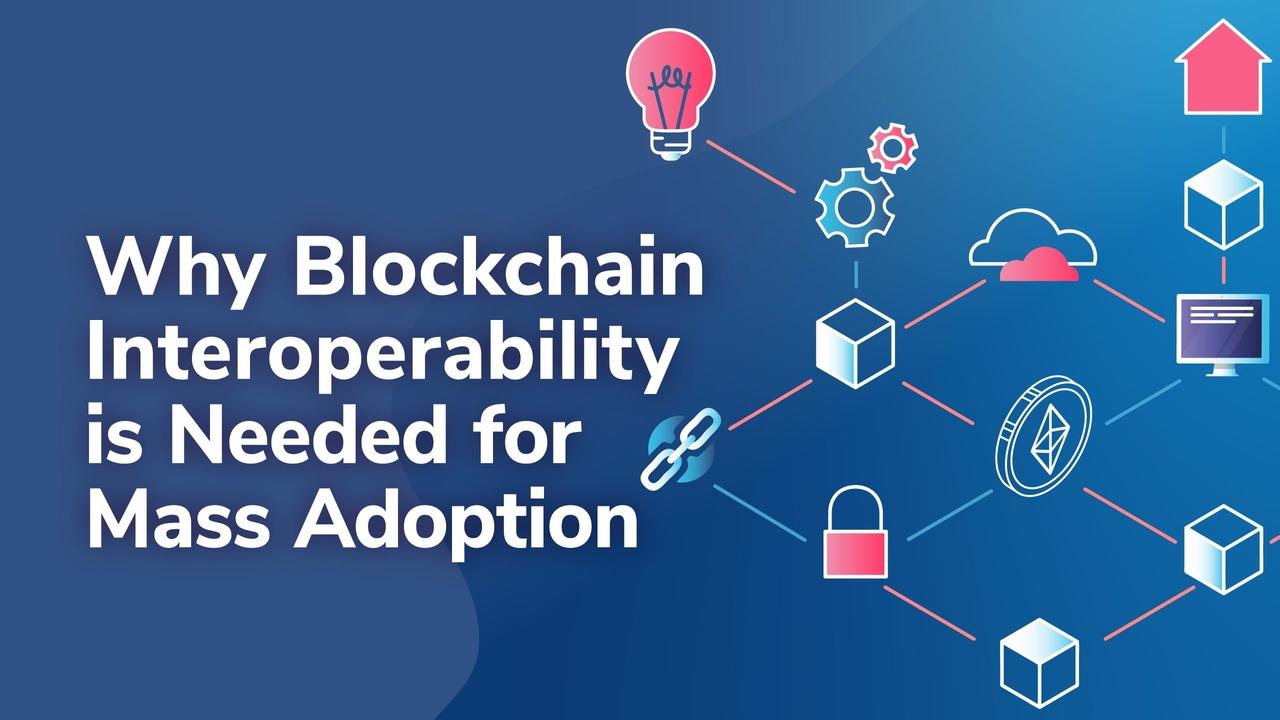
Certain buzzwords are currently making names for themselves in the cryptosphere. Most notably, these include DeFi, NFTs, and oracles. These could conceivably be among the top trends that may act as catalysts for a potential 2020/2021 bull run. Another buzzword that is making the rounds, although perhaps does not receive as much attention as the previously mentioned terms, is blockchain interoperability.
Interoperability fundamentally refers to a seamless exchange process of transactions or data between blockchains. If you are unsure what this means or if you are interested in finding out how this works – read on!
In this article, we will briefly cover how blockchain technology works, why interoperability is such a crucial part in the next stage of cryptocurrency adoption, and live projects and use cases using protocols with blockchain interoperability.
If this peaks your interest regarding blockchain technology in general, then you’ve come to the right place. You do not need to look any further than Ivan on Tech Academy to get an extensive blockchain education. Ivan on Tech Academy offers a wealth of blockchain courses, and has over 20,000 currently enrolled students. Will you become one of them?
How Does Blockchain Work
Blockchain technology is, put simply, a network of computers and devices referred to as nodes. These are distributed around the globe, and act to verify transactions and store the data history from the transactions.
Blockchain technology was originally created following the 2008 financial crash, which led Satoshi Nakomoto (an unknown developer or group of developers) to release a global digital currency that can not be manipulated or inflated by any central or governing party. This digital currency is today more commonly known as Bitcoin.
A public blockchain network is similar to an online database, that can be viewed by anyone with real-time updates. Data inputted to any blockchain becomes immutable, meaning it can not be altered or removed.
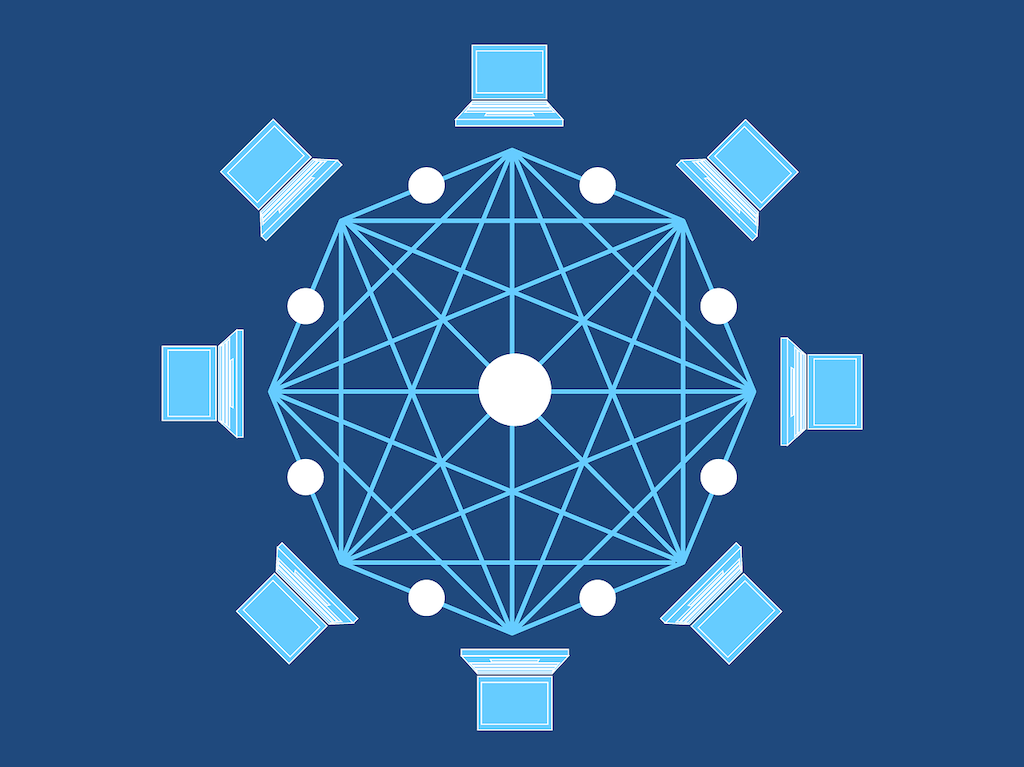
A private blockchain network, on the other hand, works exactly the same but is private,, generally governed by a central entity, with data access only with permissioned private keys.
Each node verifies transactions through solving complex mathematical equations requiring huge computational power, and stores these verified transactions in a block. Each transaction is verified using data from the previous valid transaction in the equation, hashing (intertwining) each transaction with the previous one.
When a block has reached maximum capacity and can not store any more transactions, the block becomes appended to the blockchain.
Tokens
In 2015, a few years after the Bitcoin blockchain was first created, the Ethereum blockchain was introduced, allowing people to do more than just send transactions from A to B.
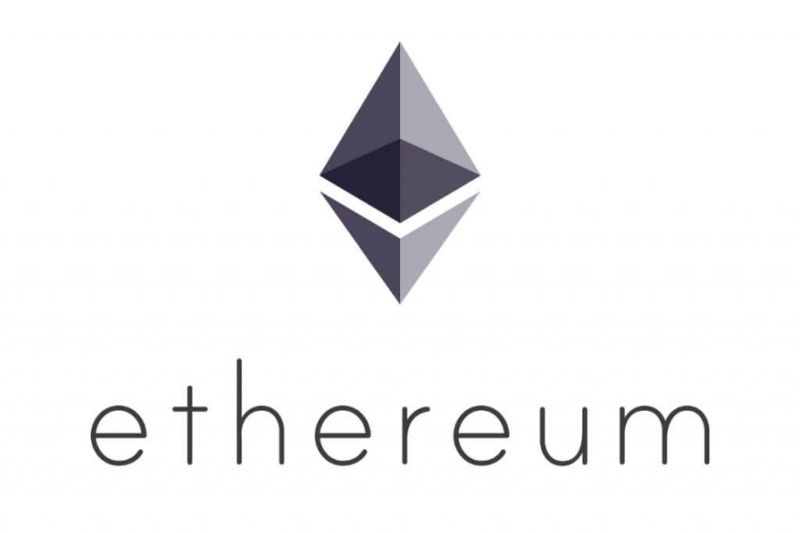
Ethereum created a whole new paradigm of programmable money with the use of smart contracts, and created a landscape for developers to build decentralized applications (dApps) on top of the Ethereum network.
Since then there have been many other blockchains created alongside Ethereum that support smart contracts, such as NEO, Waves, and Hyperledger Fabric to name a few. However, Ethereum is solidly ranked as the second-largest blockchain.
In general, any cryptocurrency other than Bitcoin is considered an ‘altcoin’. Some cryptocurrencies created on a blockchain are referred to as tokens. For example, Brave’s Basic Attention Token (BAT) and Maker (MKR) are both built on the Ethereum blockchain, making them Ethereum tokens. Bitcoin tokens include Bitcoin Cash (BCH), which uses the same SHA-256 hash function.
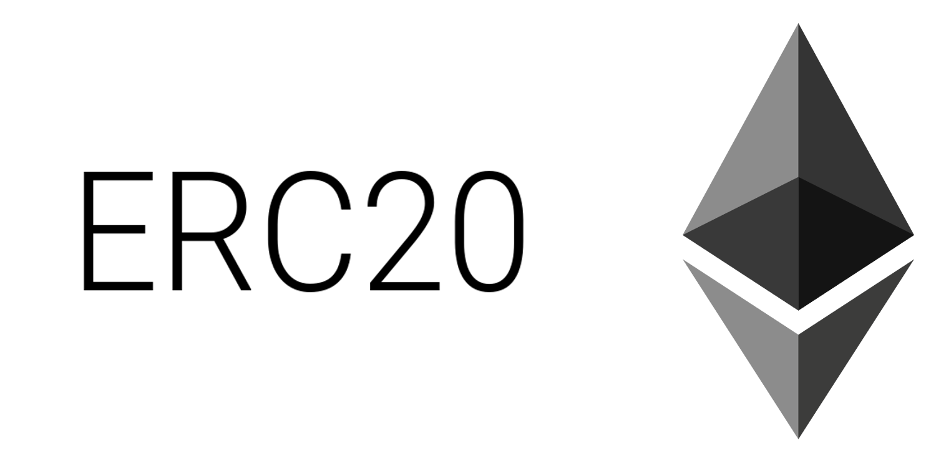
Ethereum created a standard for tokens (ERC-20) created on its blockchain, allowing developers to follow the same guidelines and protocols for projects and cryptocurrencies to be able to interact with one another.
Why Do We Need Blockchain Interoperability?
Blockchains that were created before the last couple of years or so were generally designed to operate and work individually. These siloed blockchains have worked well until relatively recently, since there has been an uptick in demand from users to transfer data and information from one blockchain to another.
In terms of cryptocurrencies, the communication and interoperability between the two largest blockchains – Bitcoin and Ethereum – has until now proven difficult. The founder of Ethereum, Vitalik Buterin, publicly voiced his frustration on Twitter in March of this year saying,
”…It’s embarrassing that we still can’t easily move between the two largest crypto ecosystems trustlessly.”

Vitalik Buterin
Vitalik has suggested plans for a decentralized exchange to be created, in order to bridge the Bitcoin and Ethereum blockchain. He has proposed a similar user experience to Uniswap, a one-stop swap-shop for ERC-20 tokens, where users can exchange digital assets whilst maintaining full ownership without the need for a centralized party or exchange.
There are live current projects such as Synthetix and Ren that offer a service of ‘wrapped Bitcoin’ which can be used on the Ethereum blockchain. People will pay x amount of Bitcoin BTC, and receive an ERC-20 token of the same value recognized as wrapped Bitcoin (wBTC or sBTC) that is fully compatible with Ethereum.
Enterprise
Large corporations are frequently in communication with other businesses and will require data from multiple sources and servers for their daily operations.
It has been suggested that the lack of interoperability between blockchains has been the main obstacle preventing mass adoption of blockchain technology from businesses.

Blockchain technology solves a lot of trust issues involved with various types of transactions, and increases communication and data efficiency between multiple parties involved in a single project or transaction.
The adoption of blockchain in business is growing, with some of the largest businesses on the planet including Microsoft, Google, IBM, and more recently Coca-Cola, embracing the novel technology, lighting the path for small-medium enterprises (SMEs) and other smaller start-ups to decentralize and organize their online footprint.
In emerging economies, formal SMEs account for 40% of GDP. On a global scale including businesses in developing countries, this figure rises to 90% of GDP, with SMEs accounting for approximately 50% of the working population worldwide.
True mass adoption of blockchain in enterprise will happen when, firstly, education, and knowledge are available to these businesses, and they understand the benefits the technology can do for their company.
Secondly, will be when the blockchain infrastructures themselves can cope with the demand from hundreds of millions, if not billions of users.
Ethereum 2.0
The Ethereum blockchain has recently struggled with congestion due to the number of new users. In past months, for the first time, the decentralized exchange Uniswap had a higher daily volume than the world’s largest centralized exchange, Coinbase Pro. This shows that more people than ever are turning to cryptocurrencies, and that they are learning how to operate their way through the DeFi ecosystem using an online wallet and a DEX (it’s really not that difficult).
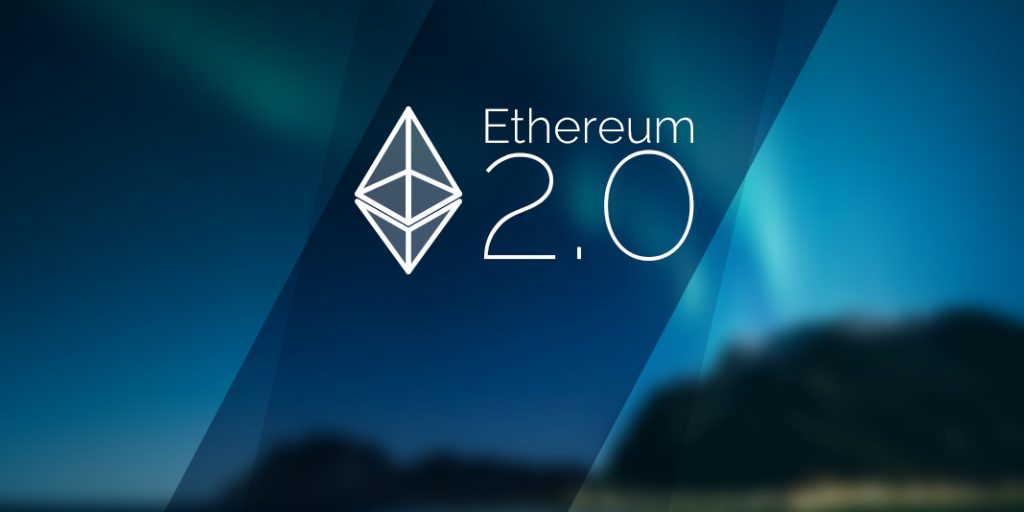
The Ethereum 2.0 update coming soon promises to solve the bottleneck issue. Moreover, it aims to solve the resulting high gas fees by switching its consensus algorithm from Proof of Work to Proof of Stake. According to Vitalik, transaction speeds will increase to 100,000 per second.
The testnet for the update was launched a few months ago, although there has yet to be a date confirmed for the official mainnet release, Ethereum is on track for a November launch according to a developer interview with decrypt.co.
The continuing delays for the Ethereum 2.0 update have ushered in a wave of competition among new projects, which are eyeing both the DeFi space and blockchain interoperability.
Standards
Similar to the ERC-20 token standard explained previously in the article, blockchain developers are working on creating standards that are universally compatible across all blockchains. There is a critical need for a core layer of interoperable standards to establish the foundations of inter-blockchain communication.
Developers in the blockchain space have been prioritizing this as there is a continued influx of users. Layer 2 solutions, side chains, smart contract updates, and oracles are all working towards a more interoperable future.
Are you feeling a bit lost in this technical jargon? Right now, you can enroll in Ivan on Tech Academy, and go from zero pre-existing blockchain knowledge to blockchain hero in a matter of weeks. What’s even better, you can get 20% off right now when enrolling if you use the exclusive promo code BLOG20!
Current Interoperable Projects
Chainlink
Chainlink is an oracle project and the leader of all oracles in the space. The Chainlink network is powered by the native LINK token, and provides real-world, off-chain data, to smart contracts on the blockchain.
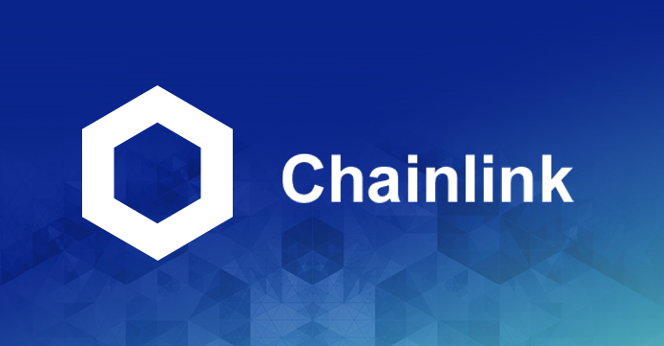
A smart contract can be programmed to move money when a certain event occurs, but it will need information from an oracle to confirm the event has happened and can be deployed.
Oracles play a vital role in blockchain development by bridging the gap between the real world and the blockchain, by swiftly and securely providing data from APIs such as winning scores on a betting site, or an IoT device such as a temperature probe, monitoring the temperature of goods in transit.
Oracles can provide information from multiple sources, each detail being recorded on the blockchain and viewable in real-time, to any other parties concerned.
Chainlink is blockchain agnostic – meaning that it can be used and interoperated with any blockchain. Although the primary goal of oracles is not interoperability, it certainly is a priority. Furthermore, Chainlink was one of the first major interoperable projects on the crypto scene and has climbed its way to being in the Top 10 Coins by market cap this year, currently sitting at number 8.
Polkadot
Less than 2 months ago, Polkadot wasn’t even in the top 100 coins. Nevertheless, today it takes the position as the 5th largest cryptocurrency project, with a massive $4.7 billion market cap.
The relatively recent Polkadot token split, or redenomination, reduced the price of the asset by 100x (holders of the coin would see their balance remain the same but the number of tokens increased by 100x). This made the coin more affordable to a wider market, and certain underlying fundamentals have helped paint this as a successful project, and one to watch in the future.

Polkadot has been referred to as ‘the blockchain of blockchains’ with the ability to transact cross-blockchain transfers of any type of data or asset, not just tokens. Polkadot’s novel validity scheme allows chains to remain independent in their governance but united in their security – a critical factor when scaling interoperable applications and platforms in the future.
Polkadot has also resolved issues around public and private blockchains, being able to transfer data across public, open, permissionless blockchains as well as private, permissioned blockchains.
Users are also able to transfer information from a private blockchain to a public blockchain, or vice versa, in a highly secure environment. Polkadot works by using its own different types of blockchains to interact with other blockchains in the space.
How Does Polkadot Work?
The core of the project is the Polkadot Relay Chain – which runs the network’s shared security and consensus, alongside cross-chain interoperability. The relay chain connects and secures the parachains and parathreads, like spokes connecting to a wheel.
Parachains are “sovereign blockchains that can have their own tokens“. Parathreads are similar to their chain siblings, but for smaller blockchains, lowering the entry-barrier to gaining the benefits of Polkadot’s shared security and connectivity.
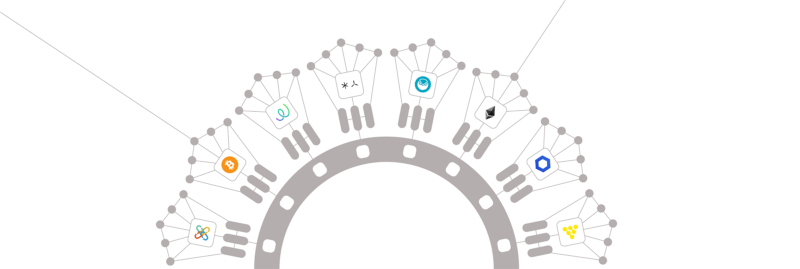
Polkadot provides a “scalable, interoperable & secure network protocol” for web 3.0, and has created a platform so that any development team, regardless of budget, can bootstrap their applications to the relay chain using parachains or parathreads.
Projects like Edgeware and Moonbean are “Substrate parachains”. These are platforms supporting smart contracts for developers to create decentralized applications on the Polkadot network. Edgeware is a high-performance, self-upgrading WASM (WebAssembly) smart contract platform and aims to be the easiest and simplest way to deploy code to the Polkadot network.
Finally, in the Polkadot system, there are bridges that allow the parachains and parathreads to communicate with each other and larger external blockchains such as Bitcoin or Ethereum.
Darwinia is another popular Polkadot project, that is a cross-chain bridge protocol, also based on Substrate, designed for decentralized token swaps, and an auction market for non-fungible tokens (NTFs).
Polkadot is setting itself up to be the true multi-chain platform with scalability in mind. Transactions on Polkadot are sent using multi-parallelized transactions, meaning transactions can be spread across multiple chains, allowing many more transactions to be processed at once.
Chainlink has recently confirmed a partnership with Polkadot to be the oracle of choice for all blockchains across the Polkadot platform to get access to accurate off-chain data.
Cosmos
Cosmos is another blockchain interoperability project, that is building the “Internet of Blockchains.”
Similar to Polkadot, the Cosmos Network is a decentralized network of scalable and interoperable blockchains, with different platforms and opportunities within the Cosmos ecosystem, such as KAVA. KAVA is basically the DeFi platform within Cosmos.

More recently another project, Harvest.io, that has been built on the KAVA platform is set to be the world’s first cross-chain money market chain, allowing Kava blockchain users to get further access to DeFi opportunities through its lending and borrowing options.
Although Cosmos and Polkadot are very similar, Cosmos is a much older project and is still in the earlier stages of progression.
Conclusion
As such, there is clearly an ever-increasing number of new projects emerging, which prioritize interoperability between blockchains. Interoperability is a hot subject at the moment that can seemingly almost (almost!) guarantee success in a project, as protocols are created to interact and exchange information with other blockchains, widening the scope for the number of users in their project.
Interoperable projects are what’s needed to help bring mass adoption of blockchain within enterprise and retail investors. True, global mass adoption of blockchain, will begin from use cases in SMEs. These businesses will need to be able to communicate and interact efficiently between blockchains simply and easily. Blockchain interoperability appears to be the logical next step to achieve this.
Blockchain interoperability is an interesting topic. However, its true potential can only be understood after one recognizes the vast potential presented by blockchain technology. Ivan on Tech Academy is one of the largest sites for blockchain education, and offers in-depth courses on everything you could possibly want to know about blockchain technology. Take a look at the courses offered by Ivan on Tech Academy, and perhaps we’ll see you in the Academy!
